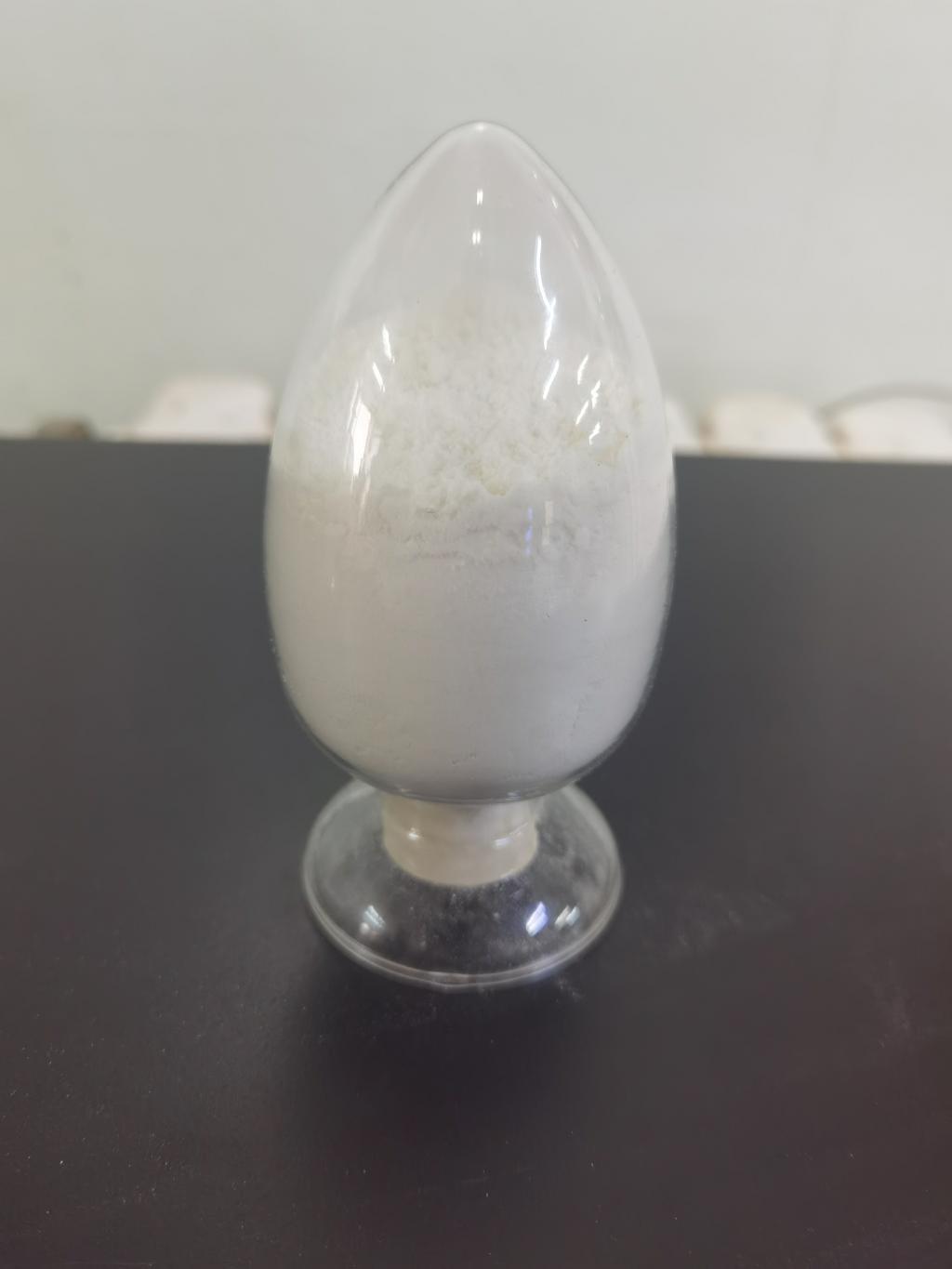Tel:+8618231198596

News
 CONTACT
CONTACT
 CONTACT
CONTACT
- Linkman:Linda Yao
- Tel: +8618231198596
- Email:linda.yao@dcpharma.cn
- Linkman:CHARLES.WANG
- Department:Overseas
- Tel: 0086 0311-85537378 0086 0311-85539701
News
Current Position:
Home >
News
>ε-Polylysine Hydrochloride: A Natural Antimicrobial for Safer Cosmetics
ε-Polylysine Hydrochloride: A Natural Antimicrobial for Safer Cosmetics
TIME:2024-01-08
1. Understanding ε-Polylysine Hydrochloride:
ε-Polylysine hydrochloride, derived from the bacterium Streptomyces albulus, is a naturally occurring antimicrobial polymer. Its cationic and linear structure gives it unique properties that make it an effective inhibitor of various microorganisms, including bacteria and fungi. This natural origin sets it apart as a compelling option for cosmetic formulations aimed at meeting the increasing consumer demand for clean and natural beauty products.
2. Antimicrobial Properties in Cosmetics:
Microbial contamination poses a significant challenge in the cosmetics industry, impacting both product safety and shelf life. ε-Polylysine hydrochloride's antimicrobial properties make it an attractive ingredient for formulators seeking to reduce or eliminate the need for synthetic preservatives. By preventing the growth of harmful microorganisms, it contributes to the overall safety and stability of cosmetic formulations.
3. Natural Preservation and Shelf Life Extension:
Cosmetic products, particularly those with high water content, are susceptible to microbial growth. Traditional preservatives, while effective, may raise concerns among consumers. ε-Polylysine hydrochloride offers a natural alternative that addresses these concerns. Its ability to extend the shelf life of cosmetics without compromising safety aligns with the industry's shift towards more sustainable and eco-friendly practices.
4. Compatibility with Different Formulations:
One key advantage of ε-Polylysine hydrochloride is its compatibility with various cosmetic formulations. It can be seamlessly integrated into creams, lotions, serums, and other products without affecting their sensory attributes. This versatility makes it a valuable tool for cosmetic scientists aiming to create products that not only perform well but also meet the growing demand for natural and safe alternatives.
5. Consumer Preferences and Clean Beauty Movement:
As consumers become more conscious of the ingredients in their beauty products, there is a rising demand for clean and transparent formulations. The clean beauty movement emphasizes the use of natural and non-toxic ingredients, creating an opportunity for ε-Polylysine hydrochloride to play a prominent role in formulations that prioritize safety and efficacy.
6. Case Studies and Success Stories:
Highlighting specific case studies and success stories where cosmetic brands have successfully incorporated ε-Polylysine hydrochloride can provide real-world examples of its effectiveness. This section can showcase how the ingredient has been embraced by leading beauty brands, emphasizing its positive impact on product quality and consumer perception.
7. Regulatory Landscape:
Understanding the regulatory landscape is crucial for the widespread adoption of ε-Polylysine hydrochloride in cosmetics. This section will explore the regulatory approvals and guidelines governing its use, ensuring that cosmetic formulations incorporating this natural antimicrobial align with industry standards and regulations.
8. Challenges and Future Directions:
While ε-Polylysine hydrochloride holds great promise, there may be challenges to address, such as cost considerations and potential formulation limitations. This section will explore ongoing research and future directions to overcome these challenges and enhance the efficacy and affordability of ε-Polylysine hydrochloride in cosmetic applications.
9. Conclusion:
In conclusion, ε-Polylysine hydrochloride emerges as a natural antimicrobial with immense potential in the cosmetics industry. Its ability to enhance product safety, extend shelf life, and align with consumer preferences for clean beauty positions it as a valuable ingredient for formulators seeking innovative and sustainable solutions. As the beauty industry continues to evolve, ε-Polylysine hydrochloride stands out as a natural ally in the pursuit of safer and more environmentally conscious cosmetic formulations, contributing to a future where beauty products are both effective and mindful of consumer health and the environment.
- Tel:+8618231198596
- Whatsapp:18231198596
- Chat With Skype







